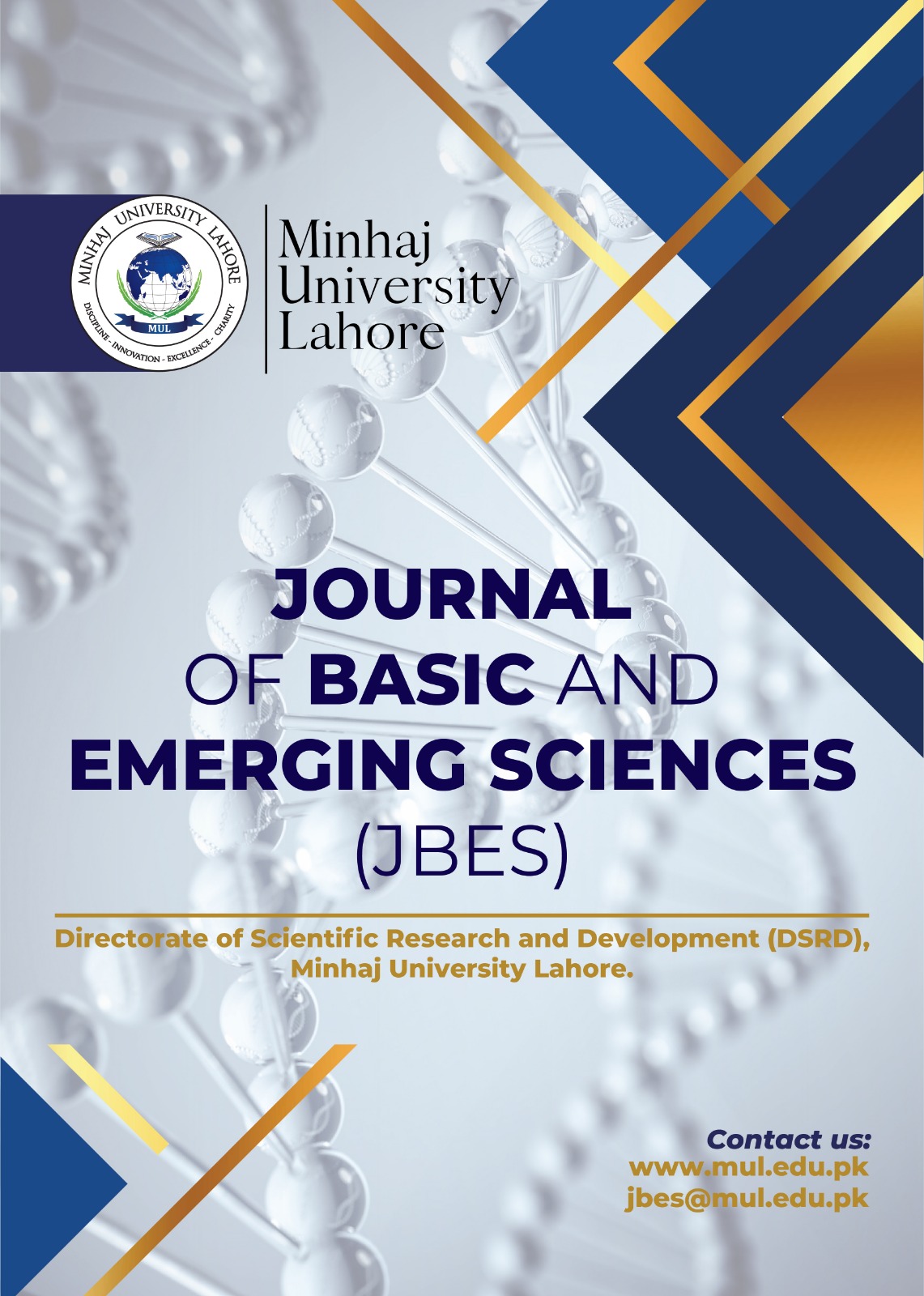Molecular Analysis of the CusA Transporter Involved in Copper Resistance in Prokaryotes: Cloning, Phylogenetics, and Structural Modeling
DOI:
https://doi.org/10.58932/MULH0014Keywords:
Klebsiella pneumoniae, CusA, RND protein, Copper resistance, Phylogenetics, Structural ModelingAbstract
Heavy metal toxicity is a well-known phenomenon. Same is the true even for essential metals when present above threshold levels. Various homeostatic and resistance mechanisms have aroused due to evolutionary pressures exerted by metal-rich environments. Copper is a dual faced metal that is essential as well as may be toxic for cellular processes. Efflux of excessive metal ions is one of the several resistance mechanisms in bacteria. CusA, an RND protein, plays a central role in a tripartite CusCBA efflux channel. In this study, the CusA from a copper-resistant Klebsiella pneumoniae strain was explored. The cusA gene were successfully amplified and cloned into a cloning vector and subjected to sequencing. The corresponding protein sequence was deduced and a comprehensive analysis was conducted, including its distribution and scope of homology in various bacterial taxa through multiple sequence alignment and phylogenetic tree construction. The findings revealed that CusA is widely distributed and conserved across a broad range of Proteobacteria, suggesting a crucial and widespread role in metal homeostasis and resistance. The protein was further characterized through structural modeling to predict its three-dimensional structure. The analysis identified key domains and functionally important conserved residues involved in binding and efflux of copper ions. The study, highlighting its evolutionary conservation, provides insights into its functional dynamics across diverse bacterial species. These results enhance the understanding of metal resistance mechanisms and may be beneficial for future research on bacterial adaptation to environmental stresses.

